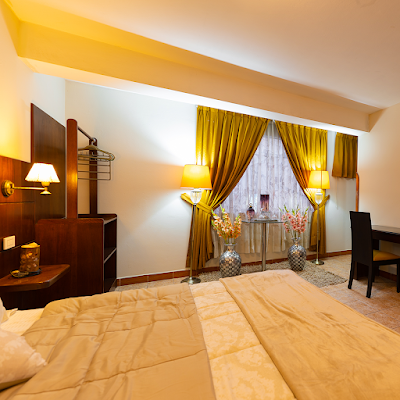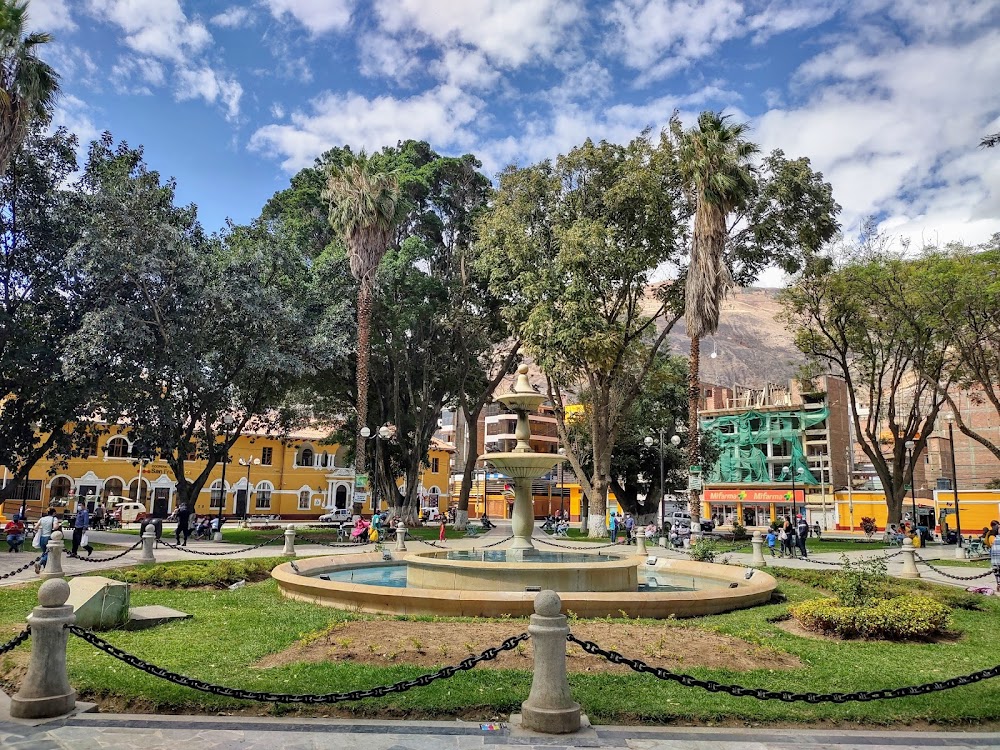Huánuco Pampa (Huánuco Pampa)
Overview
Discovering Huánuco Pampa: A Hidden Gem of Peru
Huánuco Pampa, also known as Huánuco Viejo, is a captivating archeological site nestled in the Huánuco region of Peru. This pre-Columbian city, perched at an altitude of approximately 3,650 meters (11,975 feet) above sea level in the Andean highlands, offers not only a fascinating glimpse into the past but also breathtaking panoramic views that enchant every visitor.
A Historic Inca Administrative Center
The history of Huánuco Pampa dates back to the flourishing Inca Empire when it was established as an administrative center during the reign of Thupa Inka Yupanqui in the 15th century. This site served as a vital waypoint along the renowned Inca road system, Qhapaq Ñan, which connected Quito in the north to Cusco and other southern regions. Huánuco Pampa was crucial for the movement of troops, messengers, and officials, thereby facilitating effective governance across the vast Incan territories.
The Architectural Marvel of Huánuco Pampa
The significance of Huánuco Pampa lies in its impressive scale and architecture. Covering an extensive area of approximately 2 km², the site features a variety of remarkable structures. At its heart is the main plaza, or "Square of Great Release," one of the largest in the Inca Empire, which likely served as the focal point for social, military, and administrative activities, emphasizing the site’s importance in Incan society.
Dominating this central plaza is the "Kallanka," a grand structure measuring around 80 meters in length. Kallankas were multi-purpose halls used for assemblies, administrative tasks, and ceremonies, and the grandeur of the Kallanka at Huánuco Pampa highlights the significance the Incas placed on this site. Visitors can also explore over 4,000 meticulously organized buildings made from finely cut stone and adobe, showcasing the architectural prowess of the Inca civilization.
A Hub of Communication and Culture
An intriguing aspect of Huánuco Pampa is its role within the sophisticated Inca communication network. The city featured several "tambos," which provided lodging and supplies for travelers and state personnel on official duties. The efficiency of these inns, combined with the relay runner system involving "chasquis," ensured swift communication across the empire. It’s fascinating to think about how these elements of infrastructure maintained control over such extensive lands.
Beyond its historical and architectural significance, Huánuco Pampa offers insights into the cultural and religious life of the Incas. Excavations have revealed numerous ceremonial sites, including adoratories and altars, suggesting that ritualistic practices were central to the city’s function. The harmonious blend of utilitarian and ceremonial elements exemplifies the Inca's ability to integrate various aspects of daily and spiritual life seamlessly.
Getting There: An Adventure Awaits
For those eager to visit, Huánuco Pampa is located approximately 90 km from the modern city of Huánuco and can be accessed via a scenic journey through the Andean landscape. The trip itself is an adventure, revealing the beauty of Peru's highlands and offering opportunities for ecotourism. Visitors often describe the serenity of the location and the mystique surrounding the ruins, making the experience both enlightening and spiritually rewarding.
A Testament to Inca Ingenuity
Huánuco Pampa stands as a testament to the ingenuity of the Inca Empire, showcasing their ability to create large, sustainable settlements in diverse environments. Exploring the ruins allows tourists to envision the once-thriving city bustling with daily life and administrative activities. The meticulous planning and sophisticated stonework reflect the advanced engineering and organizational skills of the Incas.
Off the Beaten Path
While Huánuco Pampa may not yet have the fame of other historical sites like Machu Picchu, it offers an aura of authenticity and tranquility that many travelers seek to escape the more commercialized tourist destinations. The site provides a more intimate connection to Peru’s rich Incan heritage, making it ideal for history buffs, adventurers, and anyone intrigued by ancient civilizations.
In summary, Huánuco Pampa is not just an important archeological site; it is a hidden gem within Peru’s vast cultural landscape. Its ruins reveal insights into the administration, architecture, and daily life of the Incas, all set against the stunning backdrop of the Andean highlands. For those willing to venture off the beaten path, a visit to Huánuco Pampa promises an unforgettable journey through history, rich with discovery and wonder.






